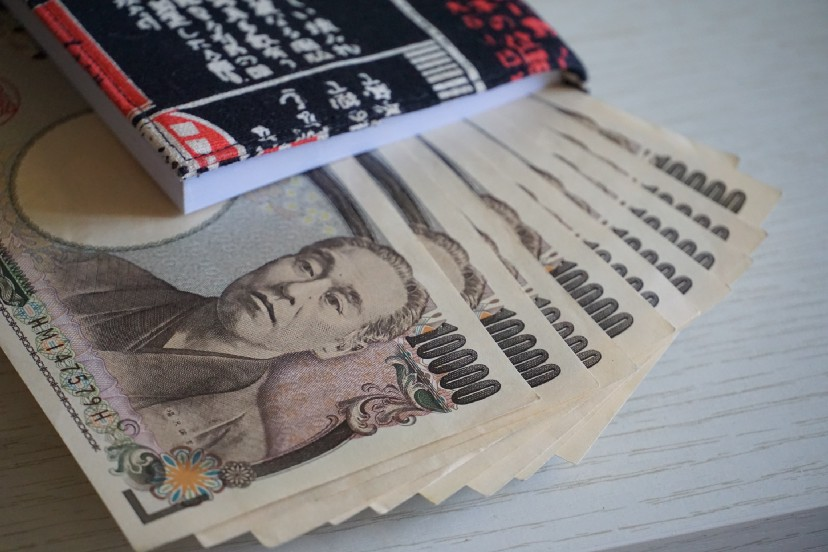Framed Photographs in Japan: No Smiling, for Now
Framed Photographs in Japan
No Smiling, for Now
This lack of smiling is supported by Japanese immigration. The Immigration Services Agency of Japan’s website states about a photo of a smiling person: Subject’s expression is not neutral. Smiles are not neutral. This means that smiles for passports are not allowed.
I realized that official photographs, like on money and passports might have a history like the US, where smiles long ago were not appropriate for photographs. Family Search said that “wide smiles were often associated with madness, drunkenness or otherwise informal, immature behavior.” I would guess most people would not want to be put in those categories.
In the U.S., smiles became more common when people bought their own cameras around 1900. Since then, there has been more smiling in the photographs.
In Japan, the appearance of the camera may have allowed more photos and smiling, but this did not seem to impact official or serious photographs.
In an article in the Los Angeles Times from 1994, a Japanese man in the U.S. did not smile for his driver’s license even after the official requested him to smile. The article continued, “To smile would have meant that he did not take his driving responsibility seriously enough.”
In Japan, smiles have many meanings. For example, people may smile when they are happy, angry, confused, or apologizing. When taking an official photograph, which is a serious matter, these emotions may not be a factor. So, no smiling.
Similarly, academic research has shown that western cultures, like the U.S., use facial expressions to express emotions while East Asian countries, such as Japan, control and subdue emotions through facial expressions. Interestingly, the researchers suggest that the Japanese look at the eyes for signs of emotions while American look at the mouth. It is harder to fake emotions through the eyes, it seems.
Still, I wondered why there are still so many gloomy framed photographs. While taking a walk with my Japanese wife, we talked about this, and she suggested that another reason might be that some people associate framed photos with dead people or serious situations.
Many Japanese families have framed photographs of dead family members in their homes where they pray daily and offer fruit and drinks. These are often near the Butsudan, Buddhist altar, or the kamidana — the Shinto altar in homes. These people in the photographs often have no smiles, just frowns.
Yet, on some NHK morning drama TV programs, (asadora) the people in the photographs even talk to living family members, giving advice or encouragement. In Chimudondon (ちむどんどん), the father, who has passed away, is even smiling in his photograph.
On the bright side, the frowning faces may be changing due to the use of smartphones and local government’s changing views. More and more people take photos of everyday life and use their smartphones to save photos and create photo albums. These photographs include traveling, eating out, and, basically, having fun.
However, those are not serious or government photographs. They are for fun. The good news is that some governing areas of Japan are changing requirements for official photograms.
According to an article in Japan Today on June 21, 2022, Osaka and Tokyo now allow smiling photos for driver’s licenses. Of course, there are some limits. According to the article, “…they can’t smile too big.” Furthermore, “The corners of your mouth can curve up, but you have to keep your lips closed, and your eyes must remain wide open as well.”
Step-by-step change concerning smiling in official photographs is approaching. Now you need to keep your lips closed, so no big grins yet. The day may come when we can see teeth in the smiles.
Thanks to DC Palter ()




Comments
Post a Comment